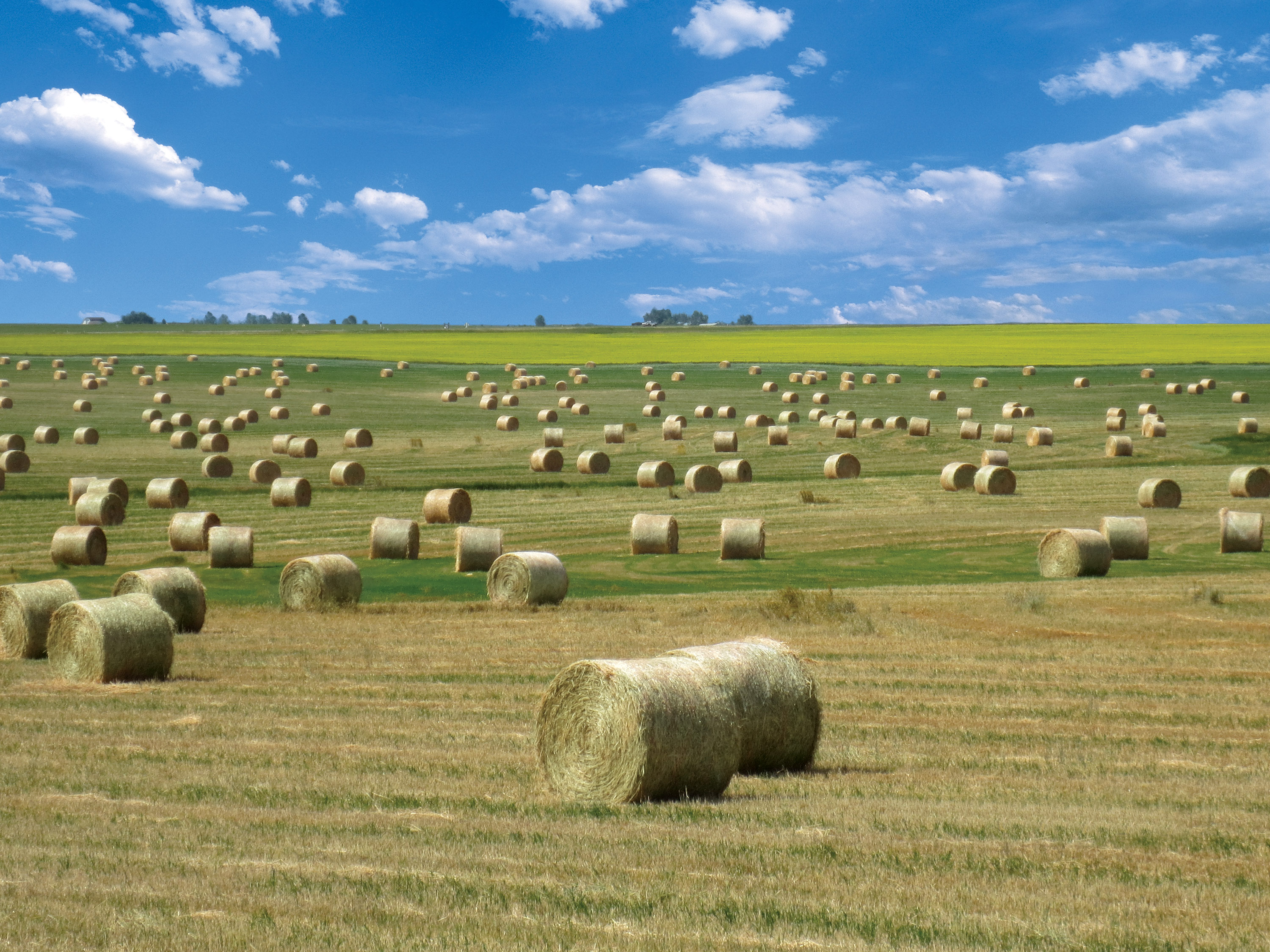© 2025, Nutrien Ag Solutions, Inc

Proper hay sampling is critical to ensuring an accurate forage test. A lab test is only as good as the sample provided. A very small sample must represent the proper leaf-stem ratio, the legume/grass mix and reflect the presence of weeds.
Sampling variation is a significant problem in hay testing, and results in millions of dollars in lost revenue each year by either the buyer, seller or in animal performance. If sampling protocol is carefully followed, sampling variation can be reduced to an acceptable level, and the potential forage quality successfully predicted.
Follow these steps to properly sample hay
What to sample: A single lot of hay
When to sample: Sample the hay either as close to feeding or as close to sale as possible. Dry matter measurements may change after harvest and during storage. After hay has equilibrated to the range of 90% dry matter (10% moisture, depending upon humidity), it is typically quite stable. Dry matter measurements should be used to adjust quantity (tonnage, yield), not quality parameters, which should be compared on 100% dry matter basis.
Use adequate tools: Choose a sharp, well designed coring device
Sample at random: Walk around the stack as much as possible and sample bales at random. Both ends of bales should be sampled by walking around the stack. Don’t avoid or choose bales because they look especially bad or good.
Take enough cores: Recommendation is a minimum of 20 cores for a composite sample to represent a hay lot. Sampling many locations and bales throughout the stack to create a composite sample is a key aspect of representing the full variation contained in a hay lot.
Use proper technique: Sample ends of hay bale, between strings or wires, not near the edge. The probe should be inserted at a 90-degree angle, 12”-18” deep. Do not sample in the same exact spot twice. Do not use any technique which is likely to misrepresent the leaf-stem ratio. The sides or the top of the bale should not be sampled. With round bales, sample towards middle of bale on an angle directly towards the centre of the bale.
Sample amount: Sampling should be done so that about a half pound of sample is produced. Too small samples don’t fairly represent the full range of variation in the hay lot. Large samples are excellent at representing the hay but cannot be easily ground by the labs.
Handle samples correctly: Put composite 20-core sample in a well-sealed plastic bag and protect from heat. Double bagging is beneficial, especially for dry matter measurements. Deliver to the lab as soon as possible.
Never split samples without grinding: It is important to occasionally double check the performance of your lab by comparing with other labs. However, never split unground samples and send them to two different labs. To test two labs, either grind and carefully split the sample or ask for your ground sample back to send to another lab. Use several samples to test average potential bias between labs.
